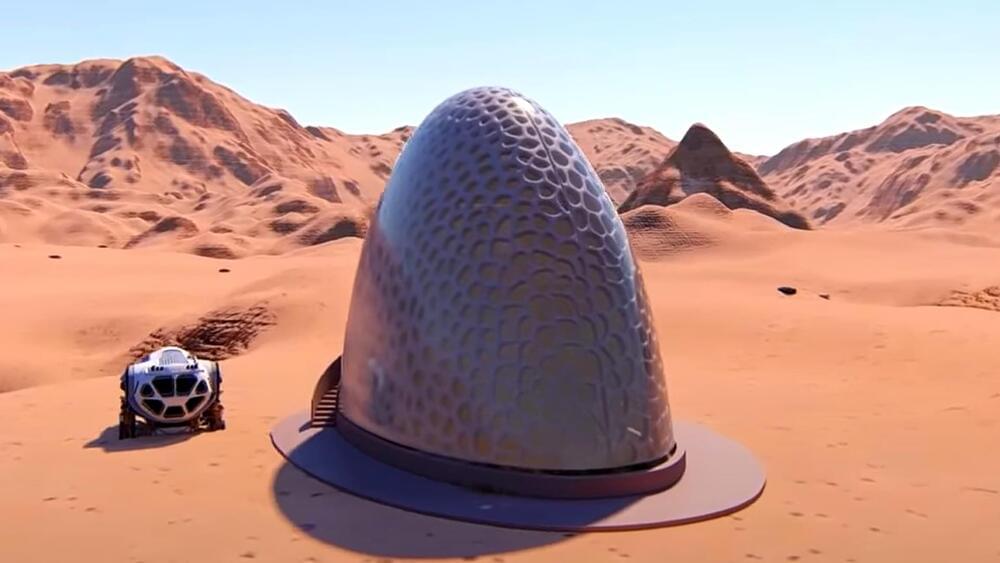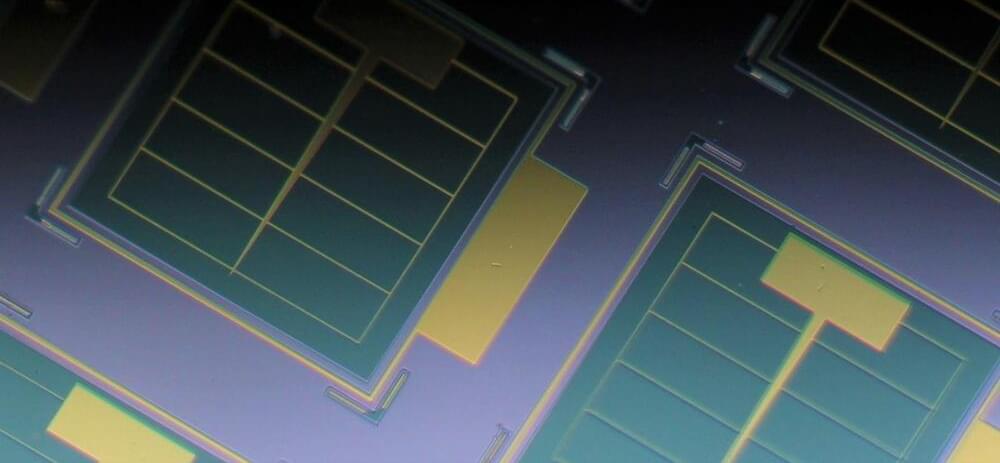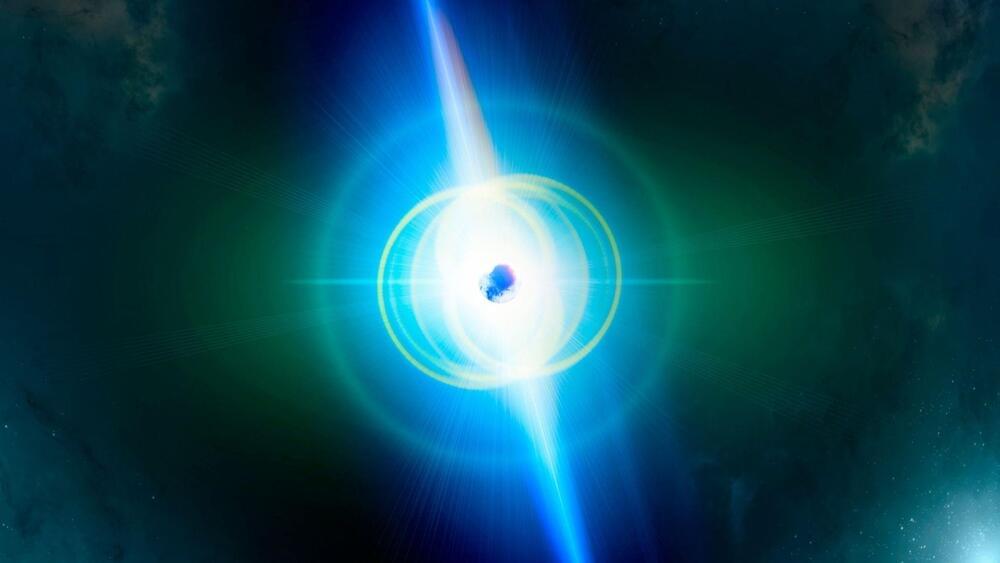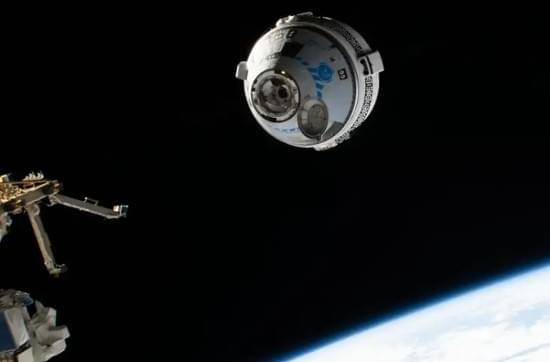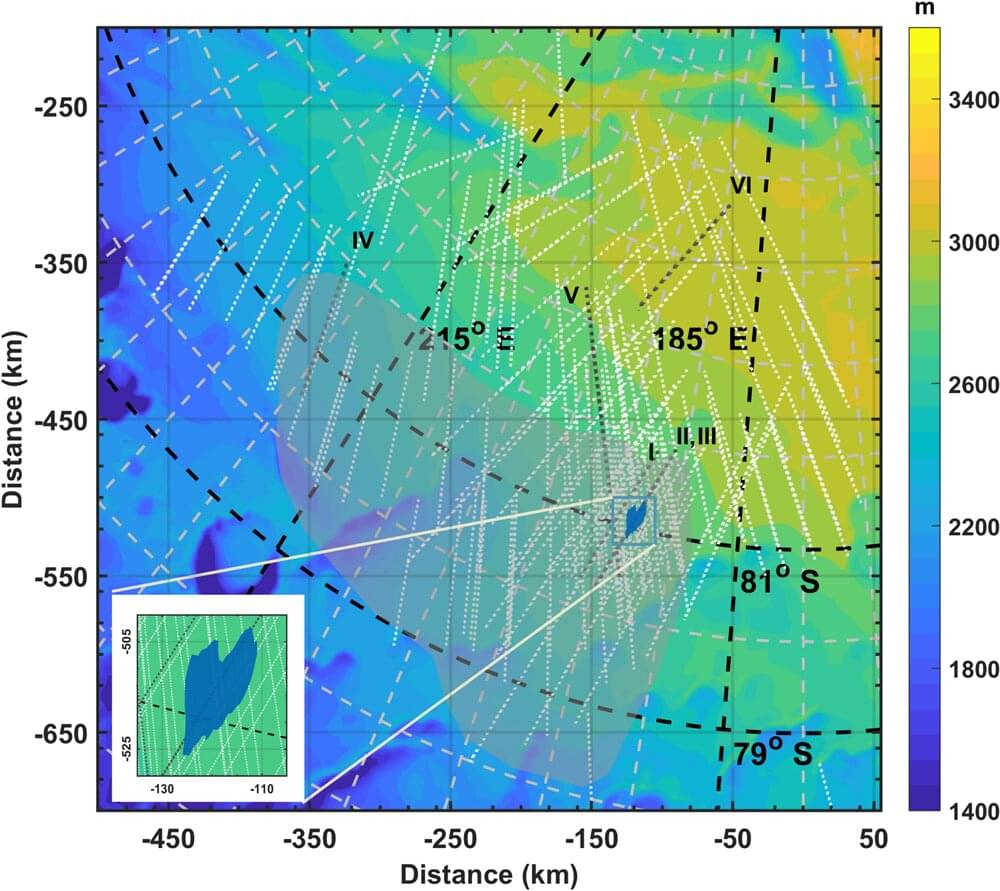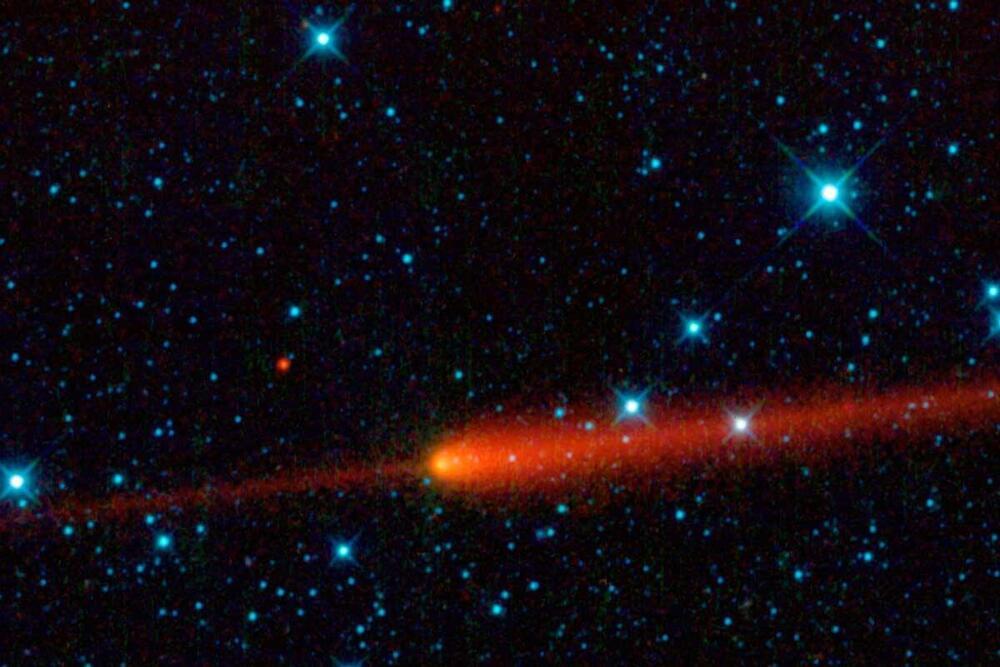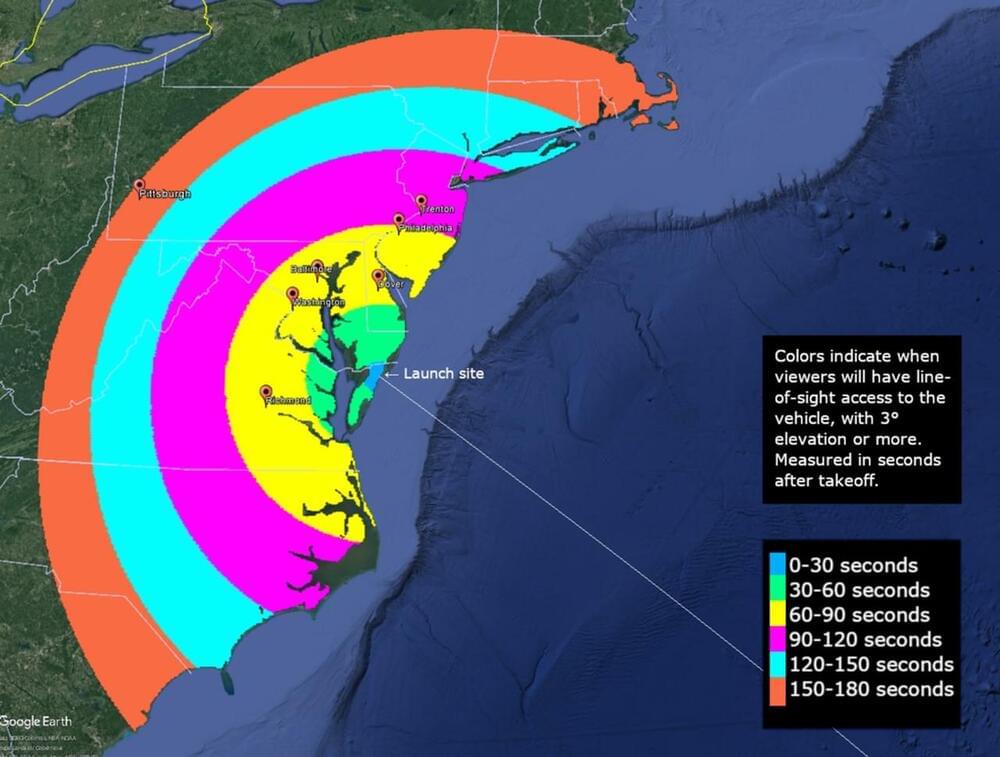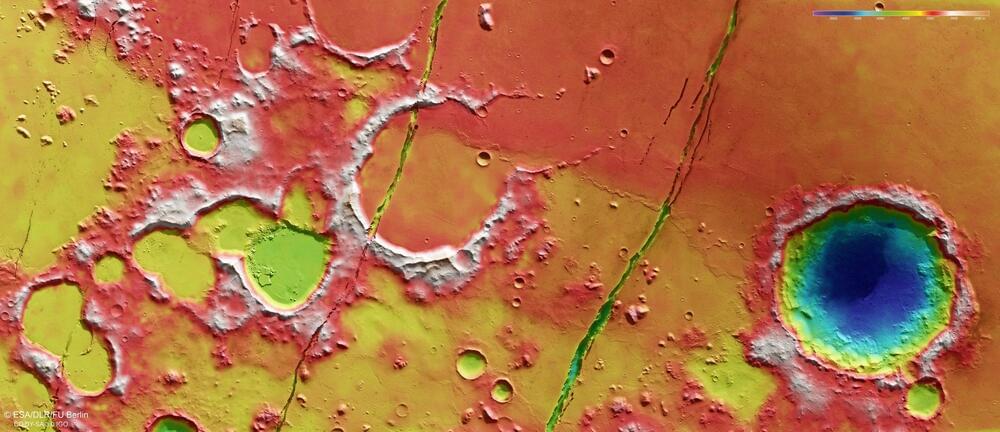THE most impressive designs for near-future Mars bases have finally been revealed.
These elaborate celestial plans are the difference between human life surviving on Mars – and thriving.
When it comes to planning how to live on a planet like Mars, 3D printing has provided scientists with the easiest way of navigating an environment that has similarities, but ultimately boasts a vastly different environment from Earth.
